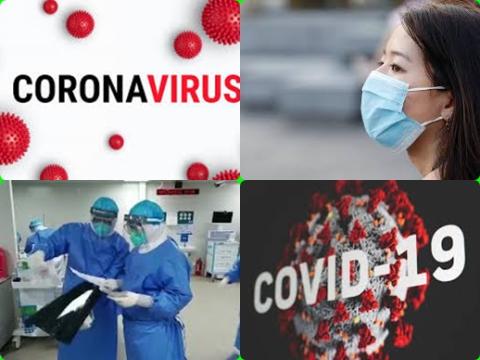
Objectives:
Conflicting recommendations exist related to whether masks have a protective effect on the spread of respiratory viruses. Therefore, this review article has been conducted.
Do face masks prevent spreading of laboratory-confirmed respiratory virus transmission?
Study design:
This review article included 13 case-control studies, 6 cluster randomized trials and 2 cohort studies with a total of 8,686 participants.
Among them, 12 studies investigated healthcare workers (HCWs), 8 studies investigated non-healthcare professional populations and the remaining one study investigated HCWs and relatives of patients.
11 studies were conducted in China (including 4 studies from Hong Kong, China), 6 in Western countries and 4 in other Asian countries.
4 studies investigated patients with respiratory virus, 7 studies investigated severe acute respiratory syndrome coronavirus (SARS-CoV), 12 studies investigated influenza virus including 5 investigating the H1N1 virus and 1 study investigated SARS-CoV-2.
Neither Begg's test [z = 0.45, p = 0.651] nor Egger's test [t = -0.65, p = 0.524] manifested any distinct evidence of publication bias.
The quality of included studies was relatively high.
Results and conclusions:
The investigators found in pooled analysis that face mask use provided a significant protective effect of 65% [OR = 0.35, 95% CI = 0.24 to 0.51].
The sensitivity analyses did not substantially alter the pooled ORs by excluding one-by-one study, indicating that the meta-analysis (review article) was generally robust.
The investigators found that use of face mask by healthcare workers (HCWs) and non-healthcare workers (Non-HCWs) reduced the risk of respiratory virus infection by 80% [OR = 0.20, 95% CI = 0.11 to 0.37 I2 = 59%] and 47% [OR = 0.53, 95% CI = 0.36 to 0.79, I2 = 45%].
The investigators found that face mask use provided a significant protective effect of 40% for the household subgroup [OR = 0.60, 95% CI = 0.37 to 0.97, I2 = 31%] and a significant protective effect of 56% for the non-household subgroup [OR = 0.44, 95% CI = 0.33 to 0.59, I2 = 54%].
The investigators found that the protective effect of wearing face mask in Asia [OR = 0.31, 95% CI = 0.19 to 0.50, I2 = 65%] was higher than that of Western countries [OR = 0.45, 95% CI = 0.24 to 0.83, I2 = 51%].
The investigators found that face mask use had a protective effect against influenza viruses [OR = 0.55, 95% CI = 0.39 to 0.76, I2 = 27%], SARS [OR = 0.26, 95% CI = 0.18 to 0.37, I2 = 47%] and SARS-CoV-2 [OR = 0.04, 95% CI = 0.00 to 0.6, I2 = 0%].
However, no significant protective effects against H1N1 was shown [OR = 0.30, 95% CI = 0.08 to 1.16, I2 = 51%].
The investigators found in subgroup analysis based on different study designs, protective effects of wearing face mask was significant in cluster randomized trials [OR = 0.65, 95% CI = 0.47 to 0.91, I2 = 20%] and observational studies [OR = 0.24, 95% CI = 0.15 to 0.38, I2 = 54%].
The investigators concluded this meta-analysis provides the latest state-of-art evidence on the efficacy of face mask in preventing the transmission of respiratory virus transmissions. The data show that the protective effects of face masks against respiratory virus transmissions are not only significant for both healthcare workers (HCWs) and non-healthcare workers (Non-HCWs), but also consistent between Asian and Western populations. Therefore, the use of face masks should serve as an adjunctive method regarding the COVID-19 outbreak.
Original title:
Efficacy of face mask in preventing respiratory virus transmission: A systematic review and meta-analysis by Liang M, Gao L, […], Sun C.
Link:
https://www.sciencedirect.com/science/article/pii/S1477893920302301
Additional information of El Mondo:
Find more information/studies on coronavirus right here.